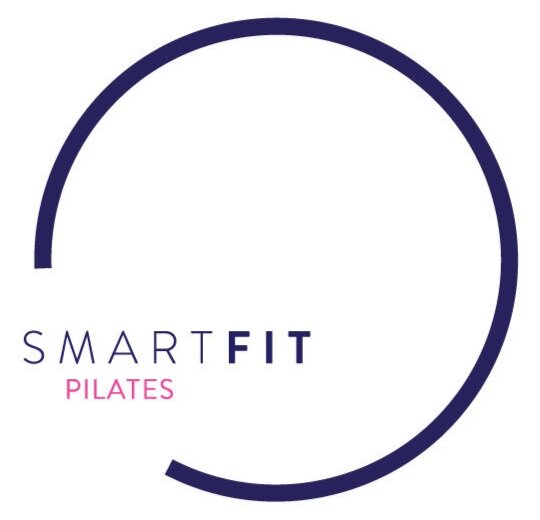How Pilates Can Help TO REHABILITATE YOUR SHOULDER
Research suggests around 1 in 5 people will suffer with some form of shoulder injury during their lifetime. Some of the most common are rotator cuff tears and shoulder impingement. Whether the injury is bad enough to require surgery or not, the vast majority of shoulder injuries will require physical rehabilitation in order to heal correctly. And that’s where we come in! Our highly trained, super knowledgeable instructors are experienced in helping clients to recover from a variety of shoulder issues.
To get more insight into Pilates for shoulder rehabilitation, we turned to SmartFit senior instructor Sophie. “Put simply, shoulder rehabilitation should focus on three things: strength, stability and mobility, and the Reformer is great for all three!” she says. Keep reading as Sophie goes onto explain why performing rehabilitative exercises on the Reformer is so effective…
Reformer springs
1. Adjustable spring resistance
Instructor Meha on reformer holding straps in exercise for shoulder rehabilitation
“The Reformer has adjustable weighted springs that allow us as instructors to tailor the level of resistance to the specific needs of each client during their shoulder rehab programme, depending on their current levels of strength and mobility,” Sophie says. “This keeps the client safe and also helps us to progress each exercise as they become stronger.”
2. Low impact movements
Sophie explains how the Reformer is designed to support the body by managing the impact/load on the shoulders and other joints. This, she says, is beneficial to all clients, but particularly during rehabilitation as we do not want any unnecessary stress to be placed upon the joints while they are in a more fragile state. “It also allows for more focused muscle engagement, allowing us to target the precise area of the body that is in need,” she adds. “This is particularly helpful during the early stages of rehabilitation, for older individuals and/or those with limited range of motion.”
3. Strength, Stability, Range of Motion (ROM)
“Pilates for shoulder rehabilitation tends to focus mostly on the muscles surrounding the shoulder girdle, including the deltoids, rotator cuff muscles and scapular stabilizers,” reveals Sophie. “We want to be rebuilding strength as well as stability and balance within the shoulder joint.”
“To do this,” she continues, “we work through controlled movements that promote a gradual increase in shoulder mobility and range of motion. The reformer enables the client to move through unique movement patterns that challenge the shoulder in multiple planes to improve stability and control. This is important to help prevent future injuries and support functional movement patterns.”


